September 10, 2025 • 20 min read
What is Customer Feedback Management? Complete Guide

Content Writer
September 10, 2025

Customer feedback management makes collecting, analyzing, and acting on customer feedback from whatever channels your customers use to improve your services, customer experience (CX), and products easier. It’s a structured approach that ends with a continuous improvement cycle where you get real insights, make tangible changes, and close the loop with customers.
Research shows that CX improvement leads to a 42% rise in customer retention, 33% improvement in satisfaction, and a 32% jump in upselling and cross-selling. [*] This process is more than just collecting opinions, it’s about molding them into strategic decisions, better operational efficiency and stronger customer relationships. This guide will show you how to extract the most value from a customer feedback management strategy.
What Is Customer Feedback Management?
Customer feedback management is the systematic process of owning, organizing, collecting, and responding to your customers’ input anywhere and everywhere in their customer journey. It’s the solicited feedback (think focus groups and interviews/surveys) and the unsolicited feedback (reviews, social mentions, and support tickets). Your feedback comes in two forms: qualitative and quantitative.
It’s also a discipline that bridges what your customers actually get with you and what your business thinks it delivers to them. It dismantles assumptions and internal biases, and we can see where customer feedback management becomes a data-driven foundation for your decision making, capturing not what customers just say but what they do through usage patterns.
Your most effective feedback management systems run at all times and create multiple listening posts throughout the journey from awareness to the post-purchase support stage. That way, you do get a full picture of customer sentiment and find the immediate pressing issues and emerging trends on what to do and what not to do.
How Customer Feedback Management Works
Doing customer feedback management right means going through a four step cycle, transforming your raw customer input into business improvements. This systematic approach makes it so nothing slips through the cracks while maintaining focus on things you can do for your customers now and in the future.
Understanding different feedback categories helps organizations design effective collection strategies:
- Solicited vs Unsolicited: Solicited feedback comes from surveys, interviews, and direct requests for input. Unsolicited feedback emerges naturally through reviews, social media posts, and support interactions. Both types provide valuable but different perspectives on customer experience.
- Qualitative vs Quantitative: Qualitative feedback includes comments, suggestions, and detailed explanations that reveal the "why" behind customer sentiments. Quantitative feedback provides measurable data through ratings, scores, and metrics that enable trend tracking and statistical analysis.
Ask - Feedback Collection
The backbone of your customer feedback management system is thorough data collection. Organizations need to consider casting the widest net to get a diverse sense of experiences from their customer base. That does mean proactive solicitation and reaching out to customers through surveys and social engagement.
Proactive solicitation lets you get feedback on specific experiences or topics you need to get better at. Post-purchase surveys, relationship health checks, and feature-targeted questionnaires also work. Structured feedback via forms and ratings is quantifiable data that can be tracked over time. Be sure to use key CX metrics like Net Promoter Score (NPS), CSAT, and Customer Effort Scores to create a standardized way of benchmarking.
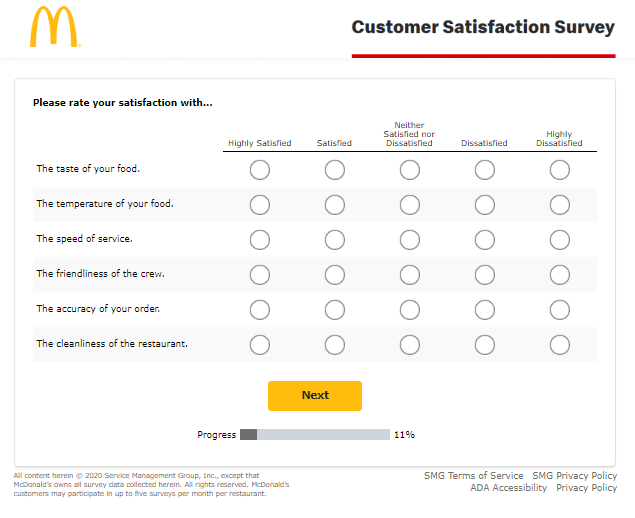
Meanwhile, unstructured feedback monitoring means capturing your customers’ natural voices via reviews, social media talk, and support tickets. This raw and organic feedback will show you the things your structured surveys cannot. However, finding a way to categorize these complaints and preferences at scale is a challenge.
Likewise, behavioral signals can point you to drop-off points and time on task as well as navigational issues, which tell a different story than surveys. Always-on listening throughout your customer journey makes it so that it's hard to miss the important aspects.
Categorize - Analysis and Segmentation
Raw feedback only becomes valuable when you find the time to organize it into actionable boxes that actually work with your business flow. This process is where you discover patterns, trends, and red flags that the individual feedback cannot underline.
Tagging feedback by theme, sentiment, and urgency creates a framework for understanding the relative importance of different issues. Product-related feedback might be tagged differently from service complaints or feature requests. Meanwhile, sentiment analysis helps you uncover where issues elicit strong emotional responses from your base.
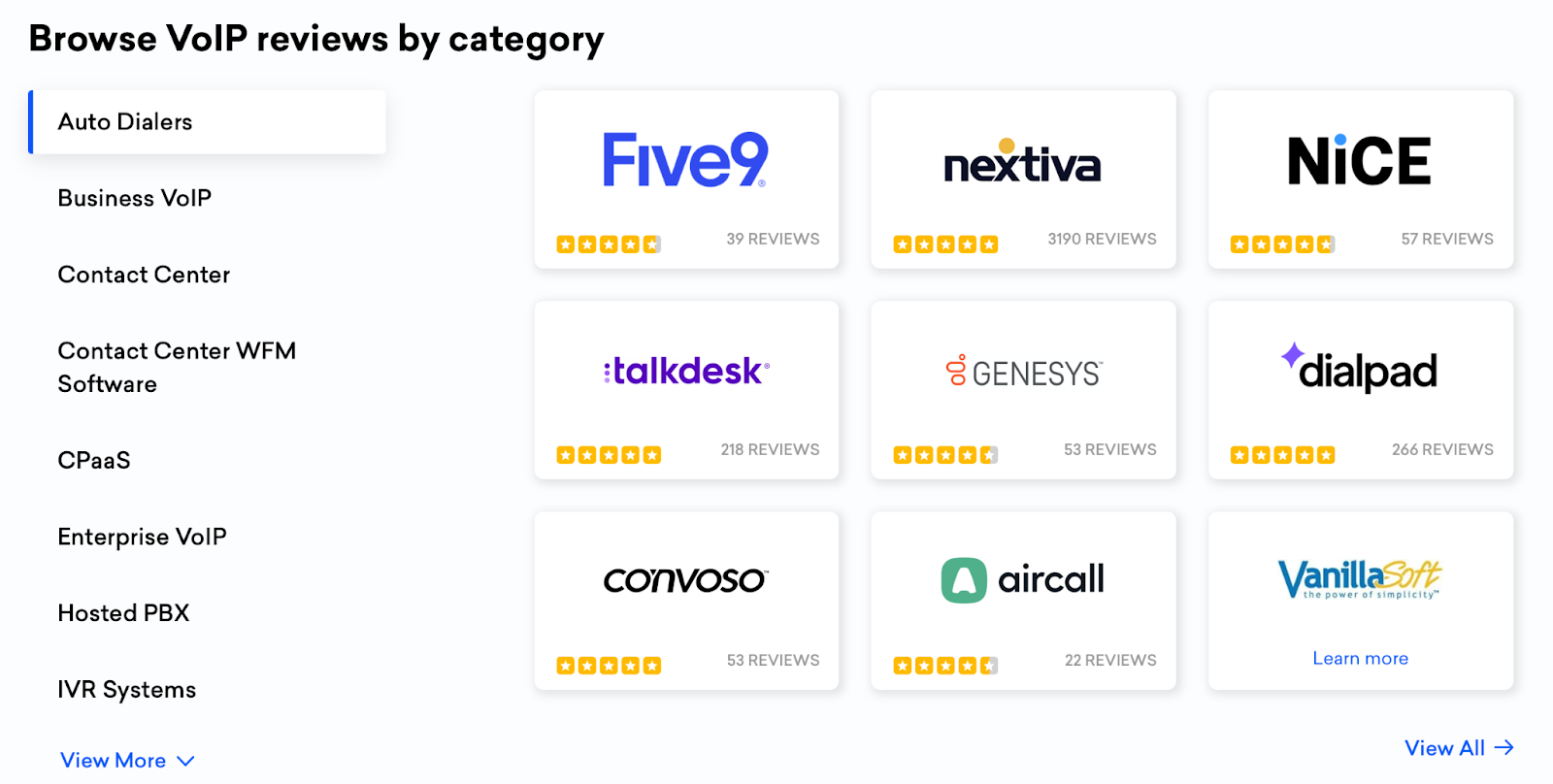
Be sure to identify patterns across your segments to see if your feedback is just a one-off or an actual systemic issue you need to cut at the root. One customer’s complaint may be an anomaly, but if tens of customers across different segments say it’s an issue, you’re going to need a bigger boat.
Finding a way to qualify your qualitative feedback is finding ways to convert your anecdotal evidence into something more measurable. By seeing frequency and veracity of the themes over time, your organization can find a progression and find issues before escalation. Trend analysis is your key to staying ahead of company-wide snafus.
Act - Implementation and Decision Making
The true value of feedback management emerges when insights drive concrete actions. This requires clear processes for translating customer input into business decisions and product improvements.
Data-driven decision making on new features and service refinements ensures development resources focus on customer priorities rather than internal assumptions. Recent statistics show that the two main reasons for startup failure are shortage of funds and lack of market need (38% and 35% correspondingly based on research), highlighting the importance of customer-verified developments.[*]
Automated routing systems ensure insights reach the appropriate teams without manual bottlenecks. Product feedback flows to development teams, service issues reach operations, and billing problems land with finance.
Finding ways to prioritize based on the impact of said changes helps organizations focus on improvements that will deliver the best customer (and business value). Your feedback will never carry equal weight (some feedback is bunk, and others are truly life-changing), so remember that successful companies are those who develop frameworks for evaluating the effort required versus the potential impact.
Implementation tracking ensures feedback-driven changes actually happen. Many organizations collect feedback effectively but fail to follow through on insights. Systematic tracking prevents good intentions from fading without action. Addressing specific customer issues demonstrates responsiveness and builds trust. While systemic improvements take time, individual customer problems often require immediate attention to prevent churn and maintain satisfaction.
Follow-up - Closing the Loop
The feedback loop will never truly end without you communicating back to customers that you've acted on their behalf and their complaints.
Communicating actions taken shows customers their feedback has value and impact. Be sure to actually put our product release notes highlighting customers' wanted features, consider forming blog posts about service improvements, or just directly say to your customers that they've provided specific suggestions you've taken the liberty to implement.
Measuring the effectiveness of implemented changes validates the original feedback and guides future improvements. Did the product enhancement actually solve the customer problem? Has service satisfaction improved after process changes?
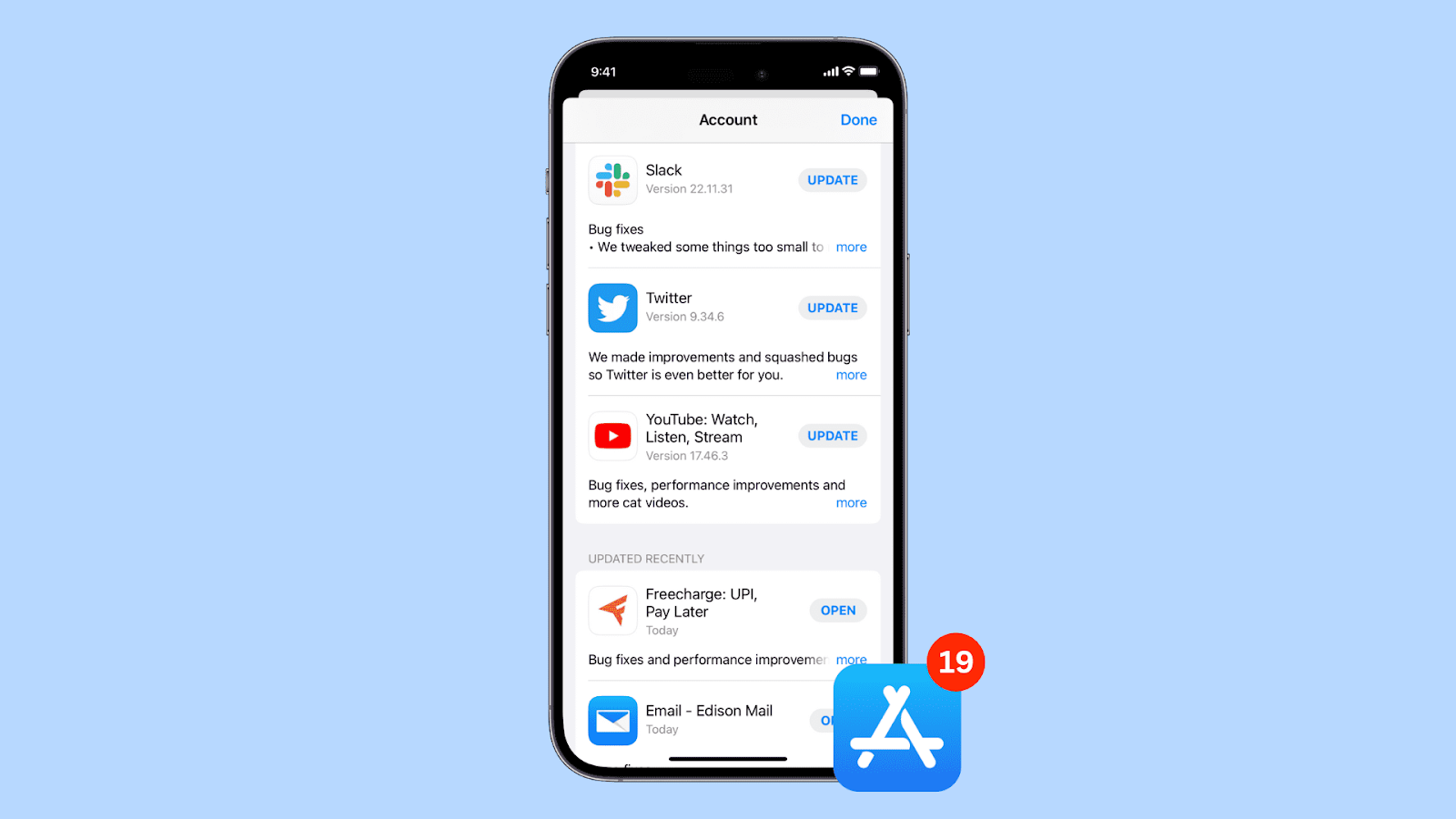
Build back or form eternal trust through showing a sense of responsibility and responsiveness, encouraging your customers to keep on providing feedback. When customers see that their complaints and compliments actually are leading to tangible improvements, they want to keep sharing constructive feedback in the future.
Acknowledgment workflows ensure every customer who provides feedback receives some form of response, even if no immediate action is possible. 73% of customers say they want companies to show them they understand their unique needs and wants.[*] So do them this basic courtesy and maintain engagement and prevent customers from feeling ignored.
Why Customer Feedback Management Is Critical
Customer feedback is now the foundation for building products people actually want and keeping them around long enough to matter. Companies that nail feedback management don't just survive in competitive markets. These winners are the ones who dominate by making decisions based on real customer needs instead of internal assumptions.
Customer-Centric Product Development
Traditional product development is basically expensive guesswork. Companies build features they think customers want, then cross their fingers. Feedback management flips this on its head by letting real customer needs drive development decisions. When you validate ideas with actual users before writing code, you avoid the costly mistake of building something nobody will use.
Product teams with direct customer insights make smarter choices about what to build next. They know which features matter most and which problems need solving immediately. This clarity accelerates development because teams spend less time second-guessing and more time building the right solutions.
Customer Experience and Retention
Here's where the math gets interesting. Companies that improve customer experience see a 42% increase in customer retention because they're addressing problems before customers get frustrated enough to leave.[*] Most people don't complain before switching; they just quietly disappear. Proactive feedback collection catches dissatisfaction while you can still do something about it.
The impact is dramatic when you get it right. Customer churn can be reduced by 67% if companies succeed in solving customer issues during the first interaction.[*] That's not just better retention; it's proof that listening and responding to feedback creates emotional loyalty beyond simple transactions. (Note: We have a guide dedicated to top customer engagement strategies for loyalty.)
Strategic Growth and Revenue Impact
Customer feedback is market research that pays for itself. When customers request features, they're essentially validating new revenue streams. Those "wish you had this" comments? They're roadmaps for premium offerings and adjacent products. This organic intelligence helps companies expand into opportunities they might never have considered.
Price optimization becomes possible when you understand what customers actually value. Feedback reveals which capabilities justify premium pricing and which features people consider table stakes. Companies using this approach don't just grow faster; they grow smarter by following real market signals instead of internal hunches.
Operational Efficiency Gains
Feedback management creates compounding operational benefits. 62% of companies use customer feedback to improve agent performance, but the advantages extend far beyond support teams.[*] When you identify root causes of common issues, you prevent problems rather than just reacting to them.
The efficiency gains multiply across teams. Product, support, and success teams can share insights instead of conducting separate research on the same customer issues. Automated feedback routing gets information to the right people quickly, while centralized management eliminates duplicate work and ensures nothing falls through the cracks.
Essential Customer Feedback Management Components
There are numerous heads to the hydra that is customer feedback management, but we’ve wrangled the most essential needs when you consider forming your own management system.
Centralized Collection System
You’ll need to feed the beast through diverse feedback types from a wide array of channels while ensuring your data has integrity and accessibility. This platform needs to accommodate both structured data via surveys and unstructured input via emails, social media, and chat transcriptions. Integration capabilities flow these into single repositories for comprehensive analysis.
Data storage and retrieval need to scale with your organizational growth while remaining reliable, and historical feedback eventually does become your biggest asset over time. So yes, you will need a system that handles large data volumes without degrading over time.
Multi-Channel Integration
Customers are eager to give their feedback through a wide range of channels, and you will need to do your collection strategies in a way that meets customers where they stand. Website and mobile integration will get your point of experience data, providing context-rich insights about your processes, while in-app surveys and feedback widgets get the real-time data without disrupting the user experience.
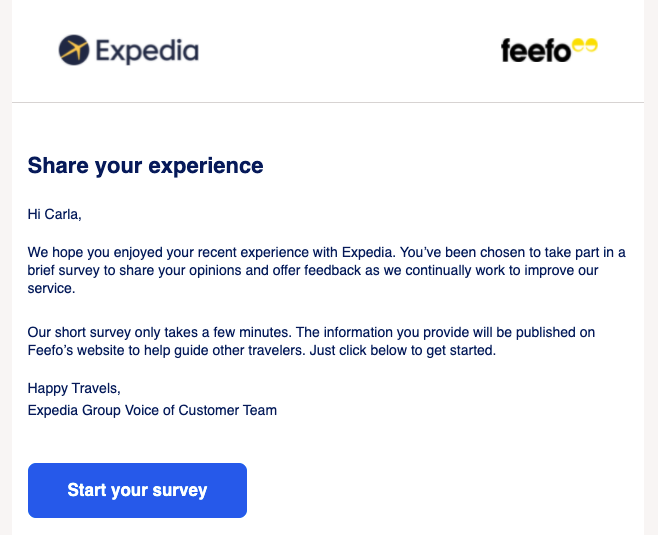
Email and SMS integration will take your feedback beyond the digital CX experience, getting to customers who may be old-hat, while post-purchase surveys and relationship gut checks also do work to keep those customers in the loop. Social media monitoring gets the public and unsolicited feedback, while brand mention and competitor comparisons give you the scoop on wider customer perceptions.
Automated Categorization and AI Analysis
Manual feedback categorizing is impossible at scale; you will need intelligent systems to help you process those large dumps of unstructured data. Natural language processing (NLP) will identify topics and themes within your customer comments while tagging feedback for later analysis.
Machine learning models already improve categorization accuracy over time by learning from human corrections and feedback patterns, becoming more effective as more data comes in. This works to eventually cut down on manual oversight, saving you time and staffing costs.
Predictive analytics will even work to find your customers who plan to churn by using feedback sentiment and seeing how they engage with you. Early warning systems allow your agents to step in before dissatisfaction causes your customers to leave.
Feedback Routing and Workflow Automation
Efficient feedback management requires automated systems that ensure insights reach the appropriate teams without manual bottlenecks. Rule-based routing directs different types of feedback to relevant departments based on content, customer segment, or issue severity. Product feedback flows to development teams while service complaints reach operations.
Escalation workflows and enablement of CX automations ensure critical issues receive immediate attention regardless of when they're reported. High-severity problems trigger alerts and assign specific response timelines to prevent important issues from being overlooked. Assignment and tracking capabilities maintain accountability for feedback resolution, ensuring every piece of input receives appropriate attention and follow-up.
CRM and Tool Integration
Feedback management systems must integrate with existing business tools to maximize value and minimize disruption to established workflows. CRM integration provides customer context for feedback analysis, revealing patterns based on account size, purchase history, or engagement level. This additional dimension helps prioritize feedback from high-value customers and identify segment-specific issues.
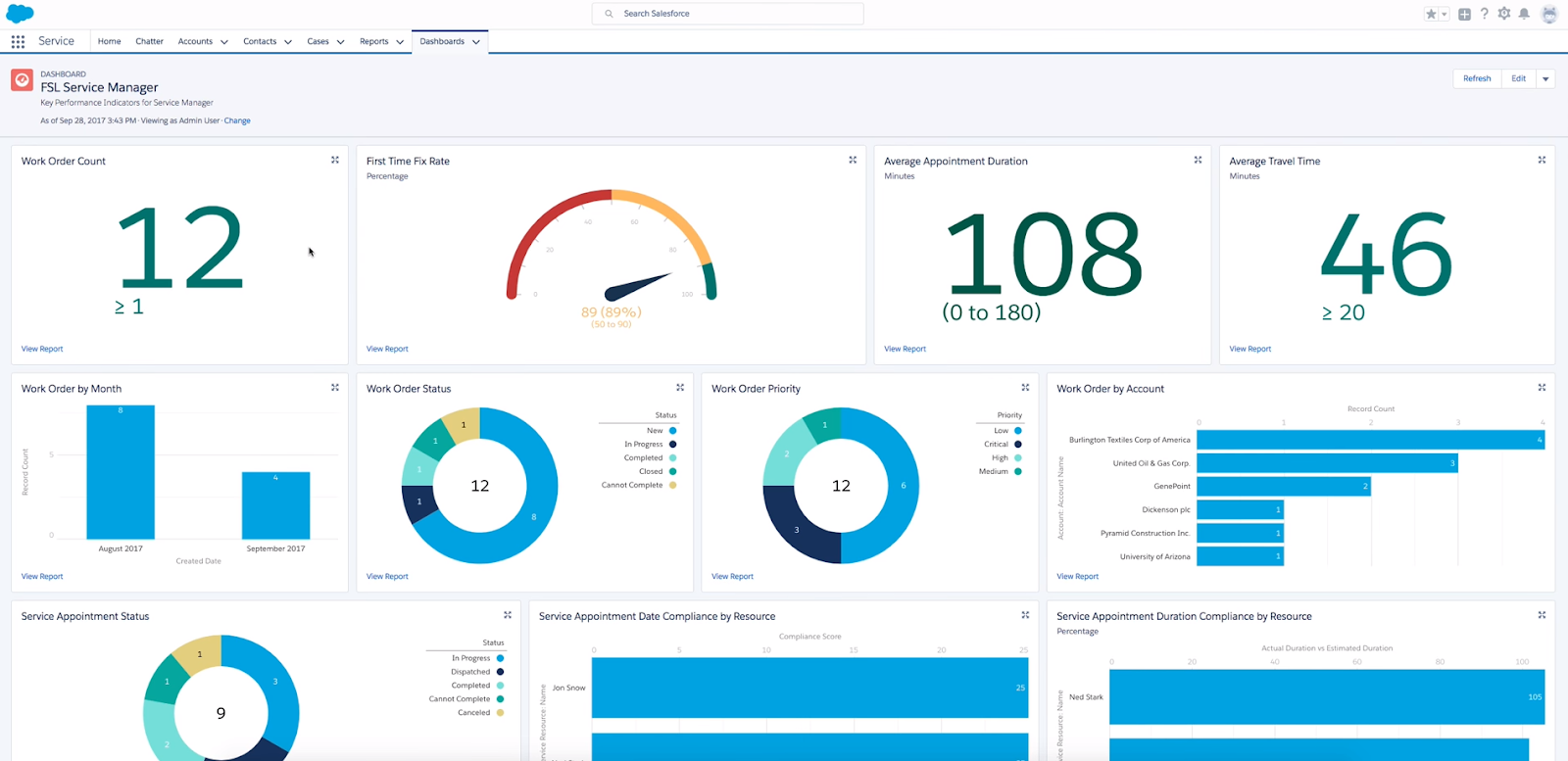
Support tool integration ensures service teams have access to relevant feedback when handling customer interactions. Historical sentiment and previous issues provide context that improves resolution effectiveness.
Product management tool integration streamlines the process of translating feedback into development priorities. Customer input can flow directly into product roadmap planning and feature prioritization decisions.
Analytics and Reporting Dashboards
Comprehensive reporting is the secret sauce to taking your raw feedback and making it into new business intel that actually does support strategic decision making. Executive dashboards provide a bird's eye view of your metrics for leadership oversight, not limited to just satisfaction trends, but also issue resolution rates and customer sentiment patterns. These summary views allow for a quick triage or assessment of CX health.
Operational reports support day-to-day management of feedback processes, tracking response times, categorization accuracy, and team performance metrics. Detailed analysis capabilities enable deep dives into specific issues or customer segments, providing the granular insights necessary for targeted improvements.
Customer Feedback Management Implementation Strategy
Phase 1: Foundation Building
This is where we build the spokes to your overarching strategy by finding your objectives and success markers while establishing a centralized system.
Define Objectives and Success Metrics
This first step means finding out your top three big ticket problems plaguing your organization and finding the power to beat back these using better feedback management. These might include reducing churn, improving product-market fit, or increasing customer satisfaction scores.
Setting measurable goals provides clear targets for evaluating success. Gauge your response rates as an indicator of engagement effectiveness, action rates measure organizational responsiveness, and impact metrics demonstrate business value. Without specific objectives, feedback management efforts lack direction and accountability.
Mapping current feedback sources reveals gaps in your listening strategy. This is a way to audit and identify opportunities for improvement and helps prioritize initial implementation efforts. Establishing feedback ownership and accountability ensures someone takes responsibility for acting on insights. Without a sense of ownership, feedback gets collected but never becomes something useful.
Establish Centralized System
Platform selection requires careful evaluation of your organization's specific needs and technical constraints. The chosen system must handle current feedback volumes while scaling for future growth. Integration planning with existing technology infrastructure prevents data silos and reduces manual work.
Customer relationship management systems, support platforms, and product management tools should all connect to the feedback management platform. Designing taxonomy and categorization structures enables consistent analysis across different feedback types and sources. This framework should align with business priorities and organizational structure to maximize utility.
Setting up cross-department access and permissions ensures relevant teams can access necessary information while maintaining data security. Different roles require different levels of access, from read-only dashboard viewing to full administrative capabilities.
Phase 2: System Implementation
This is where we build further and implement your system by working to set up your tech and integrate it into your overarching strategy while also training your team to collaborate.
Technology Setup and Integration
CRM integration means building out this holistic view of how your customers relate to you, and this is done through combining feedback data via purchase history, existing support interactions, and whatever their account says about them.
Automated categorization rules using AI and machine learning reduce manual processing requirements while improving consistency. These systems learn from human input to become increasingly accurate over time. Routing workflows ensure feedback reaches appropriate teams quickly and reliably. Product issues flow to development teams, service problems reach operations, and billing concerns land with finance.
Stakeholder dashboards provide relevant views for different roles within the organization. Executives need the big trends while operational teams want nitty-gritty details about where they’re needed most.
Team Training and Collaboration
Training programs ensure all team members understand feedback analysis and action protocols. This includes both technical training on system usage and strategic training on interpreting insights effectively. Cross-functional collaboration between product, marketing, and support teams maximizes the value of customer insights. Each department brings different perspectives and capabilities to feedback resolution.
Response time SLAs establish expectations for how quickly different types of feedback receive attention. Critical issues might require immediate response while general suggestions can be addressed within longer timeframes. Documented procedures ensure consistent handling of feedback across team members and over time. Standard operating procedures reduce variability and improve effectiveness.
Response templates help teams communicate with customers efficiently while maintaining a personal touch. These templates should cover common scenarios while allowing customization for specific situations.
Phase 3: Optimization
Expanding collection touchpoints increases the comprehensiveness of your feedback gathering efforts. Be sure to take advantage of additional surveys, monitoring capabilities, and uncovering those rich integration points, which provide broader visibility into customer sentiment.
Predictive analytics and AI-powered insights help identify trends and issues before they become critical problems. Machine learning models can predict customer churn risk, identify expansion opportunities, and surface emerging themes.
Building feedback into product roadmap processes ensures customer input directly influences development priorities. Regular reviews of feedback themes should inform feature planning and resource allocation decisions. What works in one area often applies elsewhere with appropriate modifications.
Methods for Collecting Customer Feedback
Digital Collection Methods
Pop-up surveys at strategic moments capture fresh feedback. Persistent widgets provide always-available input channels. Post-interaction micro-surveys focus on specific features with higher response rates. Feature request portals let customers suggest and vote on improvements.
Post-purchase feedback captures satisfaction while experiences are memorable. Periodic NPS and CSAT surveys track satisfaction trends. Win/loss analysis reveals competitive insights. Product update feedback validates new features.
Direct Customer Engagement
Jobs-to-be-done interviews reveal underlying customer motivations. Usability testing shows real interaction patterns and friction points. Churned customer interviews provide critical insights into why relationships end. Beta tester sessions help refine products before release.
Chat transcript analysis identifies common concerns and themes. Support ticket categorization tracks issue frequency. Call recordings capture emotional context and nuanced feedback. Help center search queries reveal information gaps.
Public and Social Feedback
G2, Capterra, and Trustpilot provide unfiltered opinions and competitive comparisons. App store reviews highlight mobile-specific concerns. Industry-specific sites offer targeted segment insights.
Brand mention tracking captures organic customer discussions. Competitor comparison threads provide positioning insights. Feature request discussions reveal desired capabilities. Community forums offer detailed usage insights.
Customer Feedback Management Use Cases by Business Type
SaaS/Software Companies
Building features customers don't want is a fast track to failure in software. Smart companies avoid this trap by letting users vote on features through public roadmaps, and suddenly development priorities become crystal clear. Beta programs tap into your most engaged customers, the ones who'll actually tell you when something's broken before everyone else sees it.
Churn is the silent killer of subscription businesses. Customer feedback acts as your early warning system. When satisfaction scores start dropping and negative comments pile up, these are red flags you can act on. Exit interviews sting, but they're gold mines for understanding exactly why people jump ship to competitors.
E-commerce/Retail
Managing thousands of products means thousands of ways things can go wrong. Customer reviews are your quality control army, spotting supplier issues and misleading descriptions before they tank your ratings. Returns tell stories too. Why are people sending back that dress? Maybe the sizing chart is off, or the photos don't match reality.
Shopping isn't just about the product anymore. It's the hunt, the click, the wait, the unboxing. Each step is a chance to lose customers or win them over. Survey the checkout process, track delivery feedback, listen to what people say about your recommendations. Every touchpoint matters because shoppers have endless alternatives.
Service Businesses
People-defined problems require people-oriented solutions, and that's where service businesses get tricky. Your team might think they're crushing it while customers are quietly frustrated. Pulse surveys after each interaction cut through the noise. Suddenly you know which staff members are stars and which need coaching.
Here's the beauty of service feedback: you can fix things fast. No lengthy development cycles, no manufacturing delays. Does the customer suggest a better way to handle requests? Test it next week. That agility is your competitive advantage, but only if you're actually listening and responding to what people tell you.
B2B/Enterprise
Enterprise deals aren't just about one person saying yes. They're about navigating entire organizations with competing priorities. The IT guy loves your security features while the CFO questions your ROI. Regular check-ins with different stakeholders keep you plugged into these dynamics and help spot expansion opportunities before competitors do.
Executive business reviews used to be all handwaving and promises. Now the smart money backs everything with data. Real satisfaction scores, measurable improvements, feedback from across the organization. This isn't just nice-to-have reporting. It's how you prove value and identify which accounts are solid versus which ones are shopping around.
Measuring Customer Feedback Management Success
To measure your success with the customer feedback management systems you choose to employ, look to these three major metrics categories. We’ve outlined them and their most pertinent elements below:
- Input Metrics: Response rates by channel, feedback volume and coverage, customer participation rates, and time to first response.
- Process Metrics: Feedback categorization accuracy, average time to action, percentage of feedback actioned, and cross-functional collaboration rates.
- Outcome Metrics: Feature adoption from feedback, support ticket reduction, NPS/CSAT improvements, revenue impact from changes, and customer retention rates.
Final Takeaways Before Building Your Feedback System
Building a customer feedback management system that actually gets you results comes down to five big "must-haves". The first is to start with one channel and perfect it before expanding, then prioritize action over collection volume, then close the loop with customers religiously, then make insights accessible across all teams, and finally use technology to scale human judgment rather than replace it.
The worst thing you can do is collect thousands of pieces of feedback while doing zilch with it. Customers want responsiveness more than big and grand data gathering, and they'll stop sharing their thoughts with you the moment they realize you aren't doing anything.
The winners aren't the companies with the bells and whistles in their feedback collection systems. They're the ones that listen carefully and respond thoughtfully, turning customer voices into competitive advantages through systematic action.
FAQs
Aim for at least 30 to 50 responses for statistically meaningful insights, but even 10 to 15 responses can reveal important patterns worth investigating.
Keep surveys to 3-5 questions or under 2 minutes to maximize completion rates - longer surveys see dramatic drop-offs.
Ask at the right moment (right after a positive interaction), make it easy with one-click options, and explain how their input helps improve their experience.
Light incentives like small discounts work well, but avoid making rewards too large as they can attract low-quality responses from people just wanting the reward.
Respond quickly, professionally, and publicly acknowledge the issue, apologize if appropriate, and offer to resolve it privately through direct contact.
Popular options like Typeform, SurveyMonkey, and Zendesk integrate with most major CRMs, but check your specific platform's native feedback tools first.
Limit feedback requests to once every 3-6 months per customer to avoid survey fatigue, unless they've had a significant new interaction or purchase.
AI can accurately categorize 80-90% of straightforward feedback, but human review is still needed for nuanced comments, edge cases, and quality control.